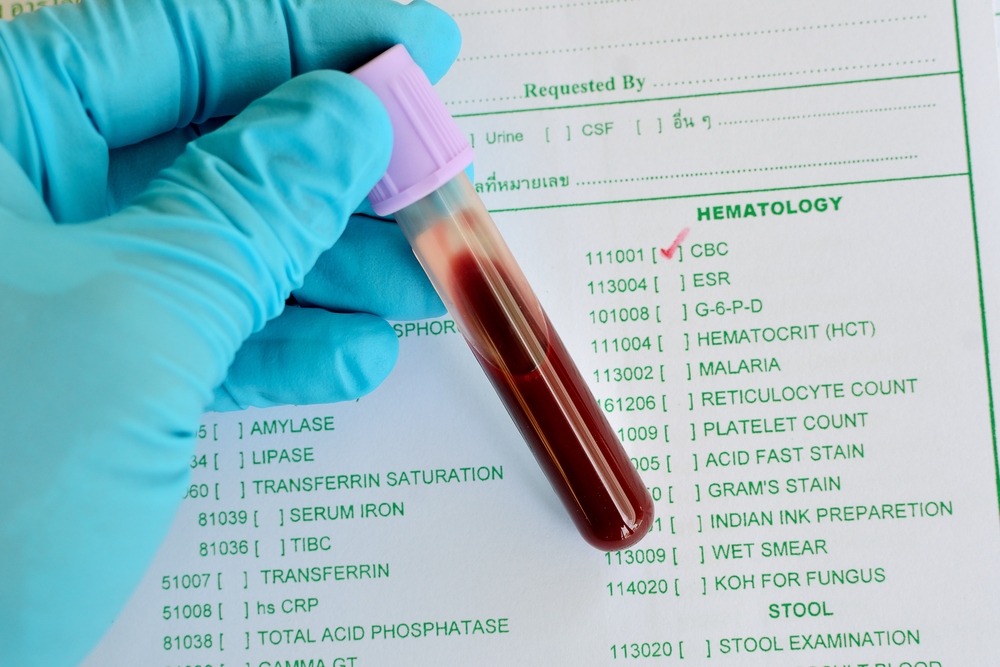Abnormal Blood Cell Count in Cushing’s Syndrome Children Linked to Infections
Written by |

Children with endogenous Cushing’s syndrome may have an abnormal white blood cell count, which relates to the severity of their disease and puts them at risk for infections.
Their pattern of abnormalities are similar to that seen in adults with the disease, say researchers at the Eunice Kennedy Shriver National Institute of Child Health and Human Development (NICHD) at the National Institutes of Health.
The research team wrote in the journal Pediatric Research that additional studies exploring the timing of these changes may serve to evaluate blood cell counts as a screening test for children, particularly obese ones.
Although it is well-known that high levels of cortisol suppress the immune system, robust studies of white blood cell counts in Cushing’s patients are few. Most of these studies included patients with additional diseases, making conclusions difficult.
An earlier study in adults, however, suggested that white blood cells such as neutrophils are increased, while lymphocytes — B-cells, T-cells, and NK-cells — are found in lower numbers.
This pattern explains the increased risk of infection among Cushing’s patients. But, up to now, no studies have confirmed if the same is true in children with endogenous (not medication-related) Cushing’s syndrome.
The study, “Decreased lymphocytes and increased risk for infection are common in endogenous pediatric Cushing syndrome,” enrolled 197 children with Cushing’s syndrome unrelated to medicine use, and 66 healthy controls of the same age and sex.
Slightly more than half of the participants were girls, and the group had an average age of 12.5 years when the disease struck. Most of the children — 78.2 percent — had a Cushing’s syndrome caused by a pituitary gland tumor, a condition diagnosed as Cushing’s disease.
An additional 19.3 percent had Cushing’s syndrome caused by adrenal problems and 2.5 percent had a so-called ectopic production of the cortisol-boosting hormone ACTH. Ectopic means that the hormone is produced somewhere other than the pituitary gland.
All patients had surgery to remove the source of excess ACTH.
Blood cell counts showed that Cushing’s syndrome patients had significantly lower lymphocytes, but a higher total white blood cell count. They also had increased numbers of neutrophil cells.
Not all patients had abnormal levels, however; 6.1 percent had low lymphocyte numbers and 45.7 percent had an increased total white blood cell count.
The abnormalities were resolved when cortisol levels normalized after surgery.
Researchers also reported that lower lymphocyte numbers, and high numbers of total white blood cells and neutrophils were linked to higher levels of cortisol.
In the group, 17.8 percent experienced a significant infection. Researchers classified infections as prolonged duration (those that persisted after one course of treatment), or opportunistic infections, as significant.
As expected, the abnormal blood cell counts were related to infections — patients who experienced infections had lower lymphocyte numbers and higher cortisol levels.
The findings, researchers said, may be relevant for the diagnosis of Cushing’s syndrome in obese children. Since obesity is increasing among children, physicians need tools to determine when an obese child, having unusual infections, requires Cushing’s examinations.
In contrast to other children with Cushing’s who gain weight but slow their height growth, obese children with Cushing’s are usually tall.
Because blood cell counts are inexpensive and easy to interpret, additional studies may confirm if such tests may be used to rule out Cushing’s syndrome among obese children, the team concluded.





